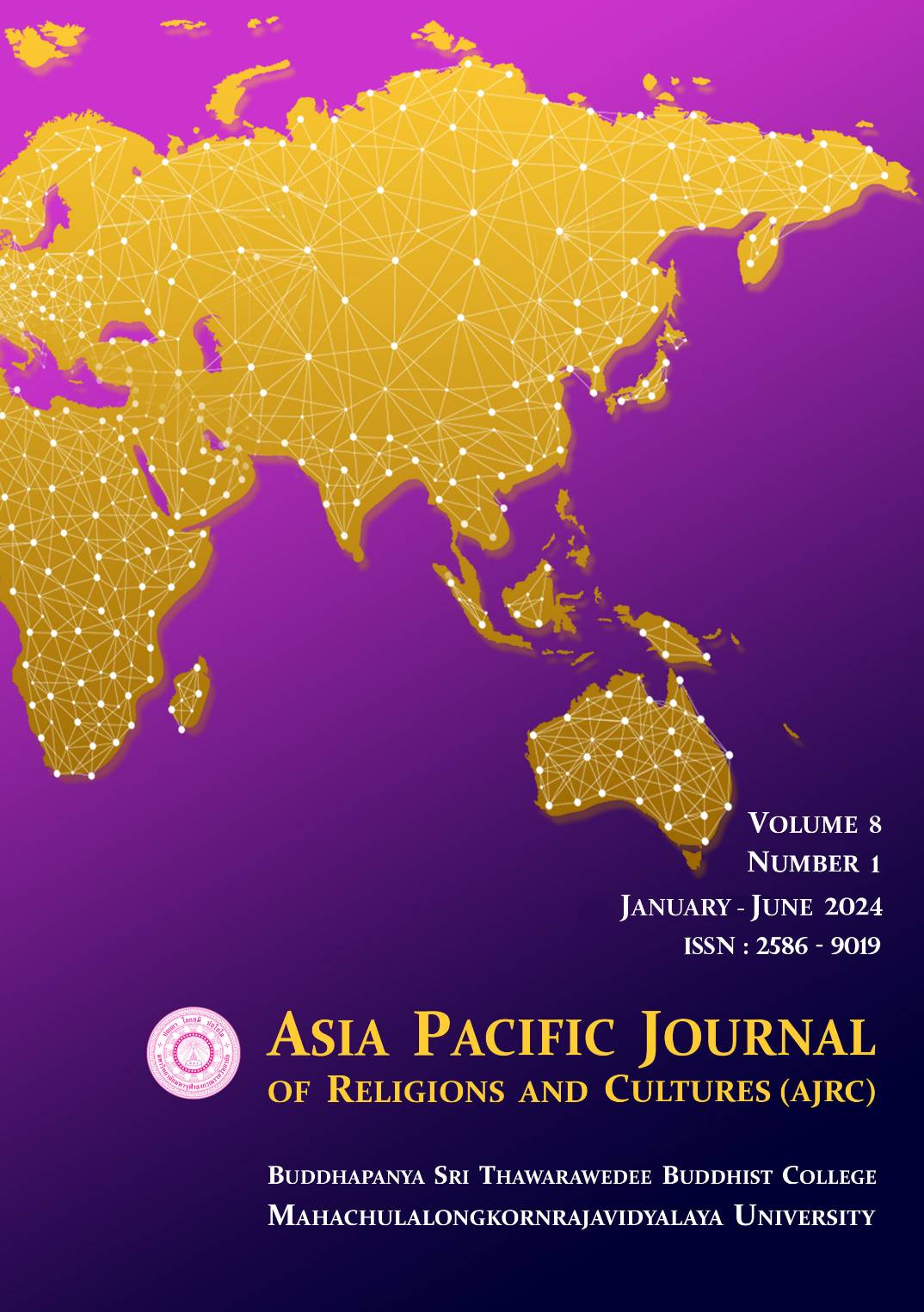Evaluation and Promotion Path of Equalization of Urban and Rural Basic Public Cultural Services from the Perspective of Smart City in China
Main Article Content
Abstract
The research objectives were three-fold: (1) to study a measurement model for the equalization of basic public cultural services in urban and rural areas, (2) to comprehensively analyze the imbalance between urban and rural basic public cultural services from the perspectives of government resource supply and residents' cultural access sense, and to provide a comprehensive understanding of the status and problems. This study was mixed-method research. (1) the measurement and analysis from the perspective of government resource supply, quantitative analysis was adopted, and Guangdong Province, Hubei Province, and Gansu Province were selected as sample provinces, and 2019-2021 was taken as the study cycle. The statistical analysis was mean, frequency, and standard deviation for measurement and analysis. (2) From the perspective of residents' sense of cultural access, qualitative analysis was adopted, combining interview survey and questionnaire survey data for analysis. There were 30 users of public digital cultural services in the interview survey. A total of 586 questionnaires were collected.
Major findings: (1) A measurement model for the equalization of basic public cultural services in urban and rural areas in China was low overall, especially in the areas of cultural capital input and cultural product supply; China's mobile cultural facilities as a whole showed a serious lack of status of; there was a serious lack of digital resources in rural areas; and there was a high degree of equalization of mass cultural institutions. (2) The comprehensive analysis of the imbalance between urban and rural basic public cultural services from the perspectives of government resource supply and residents' cultural access sense, and to provide a comprehensive understanding of the status and problems that rural and urban residents had a low level of equalized access to culture, caused by the dual factors of insufficient participation and insufficient satisfaction. The gap between rural residents' sense of access to culture and that of urban residents was obvious. A comparison of participation and satisfaction revealed that participation and satisfaction in public cultural services were interdependent, with lower (or higher) participation in public cultural service programs often corresponding to lower (or higher) satisfaction.
Article Details

This work is licensed under a Creative Commons Attribution-NonCommercial-NoDerivatives 4.0 International License.
References
Graham, S., & Marvin, S. (1996). Telecommunications and the City:
Electronic Spaces, Urban Places. London: Routledge.
Chourabi H, Nam T, Walker S, et al (2012). Understanding Smart City: An Integrative Framework System Science (HICSS). 2012 45th Hawaii International Conference on. 1EEE p.2289- 2297.
Wang Han (2013). Research on Key Elements of Smart City Construction and Their Coupling at Home and Abroad. Henan Science, ,31(10), p.1764-1768.
Chen Lixu (2015). Equalization and Efficiency of Public Cultural Services. Journal of Party School of Zhejiang Provincial Committee of CPC, 31(1), p.19-25.
Ding Yuanzhu (2016). Let Residents Have a Sense of Obtaining Must Pass the Last Kilometer - the Practice of Community Governance Innovation in the New era Path. National Governance, 2, p.18-23.
Fu Caiwu, Zhang Weifeng (2018). Research on Equalization of Basic Public Cultural Services Model Construction and Empirical Analysis. Library Journal, 37(08), p.4-13.
Giffinger R, Gudrun H (2010). Smart City Ranking: An Effective Instrument for the Positioning of the Cities? ACE: Architecture, City and Environment, 4(12), p. 7-26.
Guo Hequan (2011). Internet ten Years of Review and Outlook. Internet World ,8, p.19-22.
Harrison C, Eckman B, Hamilton R, et al (2010). Foundations for Smarter Cities. IBM Journal of Research and Development,54(4), p.1-16.
Hu Haiyan, Jing Yuan (2021). Research on Evaluation Model of Collaborative Governance of Public Digital Culture. Library Research, 8, p.73-78+41.
Jiao Minglian (2011). Strategic Thinking on Promoting the Construction of "Smart City" in Lianyungang. Journal of the Quasi-Hai College of Technology (Natural Science Edition),20(S1), P.1-3.
Kanter R M, Litow S (2009). Informed and Interconnected: A Manifesto for Smart City. Harvard Business School General Management Unit Working Paper, p.09-14.
Komninos N (2002). Intelligent Cities: Innovation, Knowledge Systems and Digital Spaces. London: Spon Press, p.1-15.


